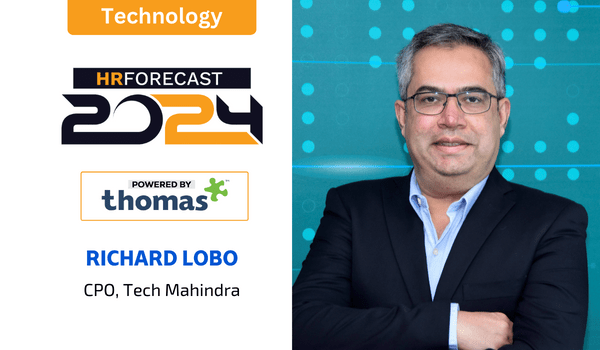Talent tango: Fresh faces, sharp skills, or tech triumph? HR’s 2024 balancing act
It is not a choice between the three—attracting talent, developing skills and adopting technology. They are complementary ingredients for the delivery of a value proposition that works both for people and businesses. When looked at separately, they may appear to be individual aspects of an HR portfolio. However, they are interconnected more than ever before. In talent attraction, for instance – we have moved from education to experience, experience to skills, and skills to attitude towards learning.
Gone are the days when people were hired for their qualifications or experience. Today, people are hired for their behaviour, problem-solving skills, and ability to be coached. Also, the use of technology—from employing an applicant-tracking system (ATS) to scan resumes, to screening candidates through a talent marketplace (such as Tech Mahindra’s AI-based tool)—is unprecedented.
AI is like the genie at your command, provided you know what to ask or instruct it to do
For the digital-transformation (information technology / enabled services) sector, where Tech Mahindra offers solutions, the interplay of the three becomes even more critical, primarily because of the volume of people that get hired daily, the nature of skills that evolve by the minute, and the technology itself that lies at the heart of this key industry.
Work reimagined: Office redux, remote reign, or hybrid harmony in 2024?
It is important to remember that we should never make decisions about people without involving them in the process. Therefore, employers should first analyse people’s sentiments through technology and deep- data insights. Basis data, they should devise strategies around compensation, benefits and employee policies, with a sharp focus on improving productivity and enhancing employee delight. Considering demographics, organisations should also take into account the diverse needs of the people they are enabling.
In some cases, they may only need evolutionary, micro-level changes (think of people who have worked from office for most of their lives), while in others, they may need revolutionary, macrolevel changes (especially for the younger generation that started their careers from home, and like their current rhythms). Accordingly, organisations can adjust the strategies to make them rewarding for each employee from a financial, cultural and wellness perspective. We need to also look at balancing the benefits of working from home and office from the people’s perspective, including aspects such as social bonding, learning together, collaborating, working flexibly and enjoying a work-life balance.
L&D labyrinth: AI allies, EQ echoes—How will people learn in 2024?
Today, AI is like the genie at your command, provided you know what to ask or instruct it to do. Every generation has had the opportunity to define what people will do and what machines will do, and that choice has made all the difference. So, when it comes to skills, we must collaborate with AI—to both learn and teach better. It will not just help you do your current job faster, but also prepare you for the jobs of the future—we already have titles such as AI prompt writers and engineers. While we can now enable faster learning in terms of people’s technical quotient (TQ) through AI, we need much more to develop our emotional quotient (EQ). More EQ skills such as empathy, collaboration and purposefulness should become vital considerations in our pursuit of exploring, learning and using AI.
This article is sponsored by Thomas Assessments
43 leaders predict the upcoming trends for 2024. To download the e-copy click here



